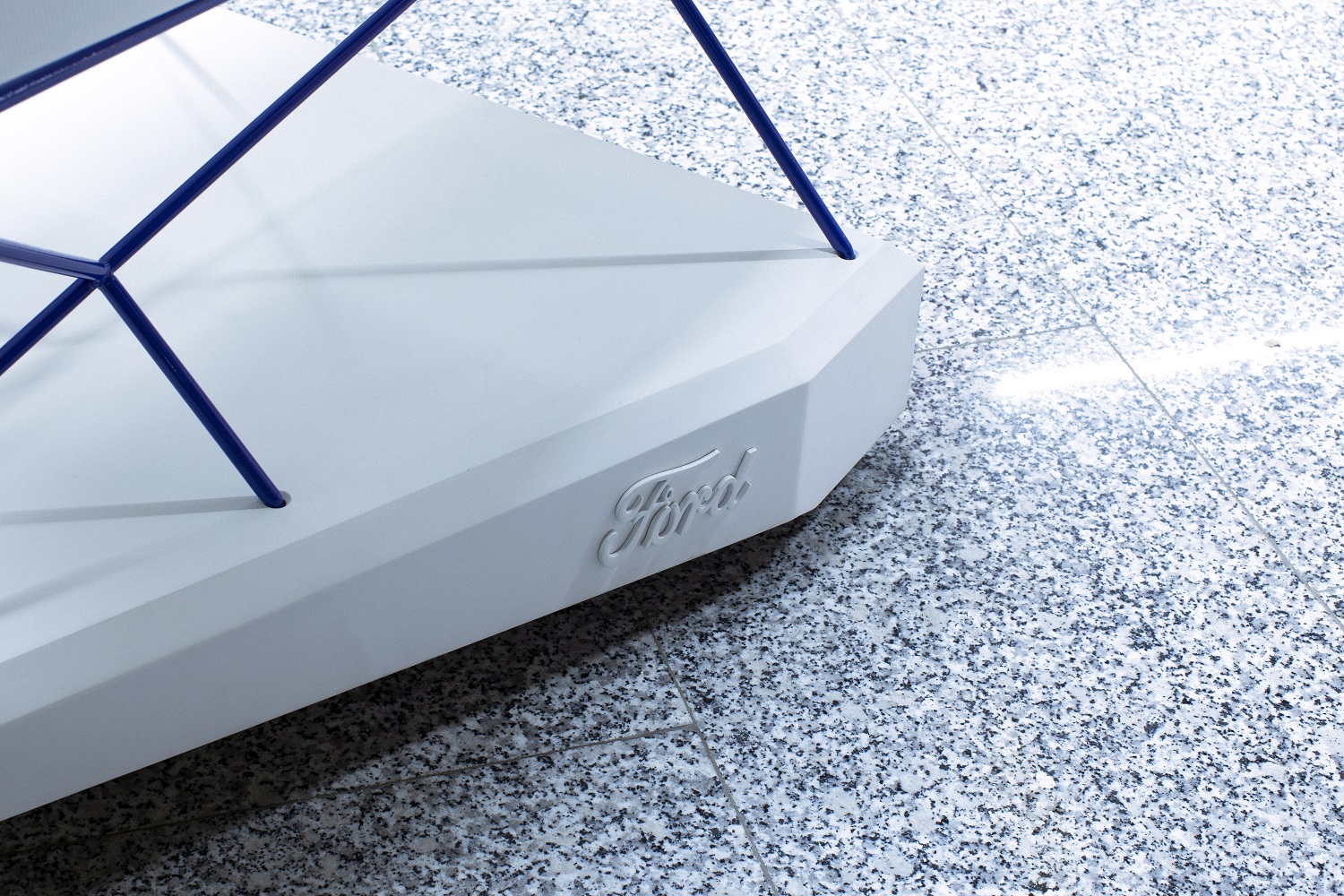Some kids can’t resist grabbing hold of a shopping cart and treating it like a toy, whizzing around the grocery store like Lewis Hamilton in a title-deciding F1 race. That’s fun for the littl’uns, but less so for the shoppers who have to dive out of the way of the speeding carts and their diminutive drivers as they hurtle from aisle to aisle.
Addressing the issue, Ford has come up with a self-braking shopping cart that uses sensors to scan ahead for people and objects before automatically applying the brakes if a potential collision is detected.
Besides preventing in-store accidents, the technology can also tackle the problem of runaway carts in parking lots, preventing injury to people and damage to cars caught in their path.
But before you begin wondering which stores are going to use Ford’s ingenious self-braking shopping cart, we’re sorry to say that the company doesn’t have a plan to commercialize its creation. Rather, it’s designed to highlight its Pre-collision Assist technology, which automatically deploys a car’s brakes if its sensors and cameras detect a vehicle or person ahead and the driver fails to respond to warnings.
“Pre-Collision Assist technology can help our customers avoid accidents or mitigate the effects of being involved in a collision,” Ford marketing director Anthony Ireson said on the company’s website. “We thought that showing how similar thinking could be applied to a shopping trolley would be a great way to highlight what can be a really useful technology for drivers.”
The Blue Oval has clearly cottoned onto the fact that dreaming up unusual products is a pretty neat way to draw attention to its cutting-edge vehicle technology. In fact, the shopping cart is one of a series of products in the automaker’s “Interventions” series, an initiative aimed at using its vehicle technology to tackle everyday problems.
Just recently, for example, it unveiled a “lane-keeping bed” that incorporates a conveyor belt to ensure bed partners to stay on their own side of the mattress, with the design based on its own lane-keeping tech that prevents drivers from veering off course.
The company also used its noise-canceling tech to build a special kennel capable of protecting dogs from sounds likely to cause alarm, such as fireworks. And, how can we forget the the Max Motor Dreams? It’s a crib that simulates the soporific hum and vibrations of a moving vehicle.





